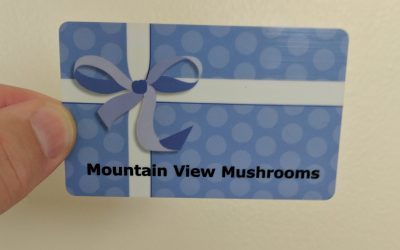Employee Engagement
Several months ago, we started using employee engagement surveys with our employees. It measures employee engagement along 12 different elements. It has been an eye-opening experience to review the results with our management team and learn where our employees believe we are coming up short. It has led to some great discussions and resolutions to improve our management practices.
In my opinion, employee engagement is a way to measure your company's culture. Culture is difficult to define objectively. Conversely, I believe we can each subjectively judge whether a company has a good culture. We know it when we see it. With employee engagement surveys, we can more easily quantify, on an ongoing basis, how our company culture is doing.
Our survey showed that as a management team, we struggle in the area of praise and recognition. This result was surprising to me because this is something I focus on continually with the management team. However, as is often the case, this leadership practice is not cascading down through each department.
We read articles about praise and recognition and discussed these at length as a management team. We used it as a theme for our weekly meetings for a month. Since there are 12 elements, we will continue this practice using one per month as a theme for our management meetings.
We plan to conduct this survey on a biannual basis to measure our engagement and, in turn, our culture. It will be interesting to see how if and how we improved.
